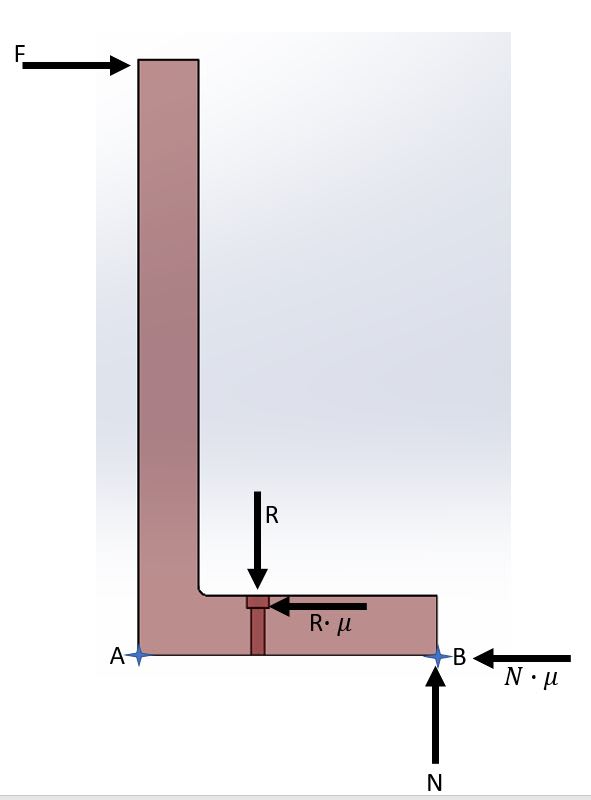eli28
Aerospace
- Oct 20, 2019
- 109
hello,
I am trying to figure out what's wrong with a free body diagram I wrote down.
I added a pdf file with a description of the problem.
please give your advice
Thanks
I am trying to figure out what's wrong with a free body diagram I wrote down.
I added a pdf file with a description of the problem.
please give your advice
Thanks


